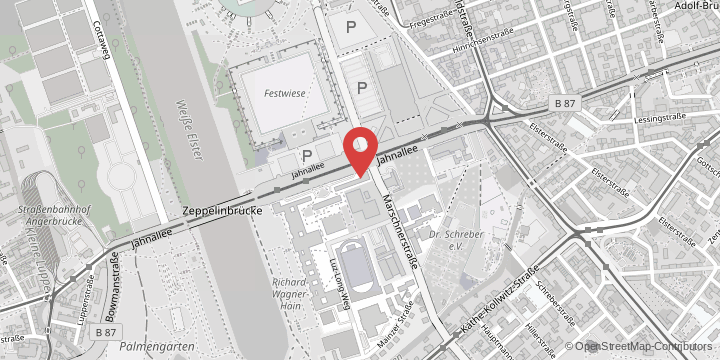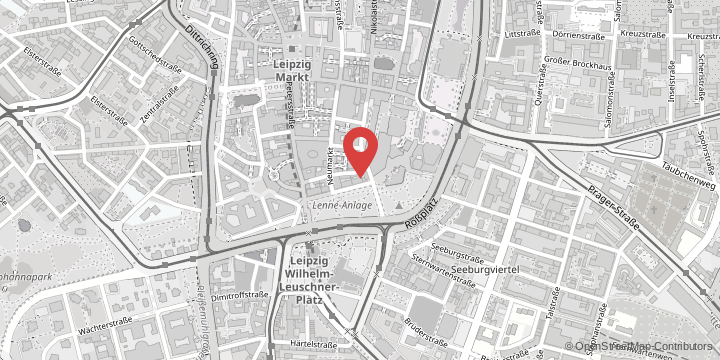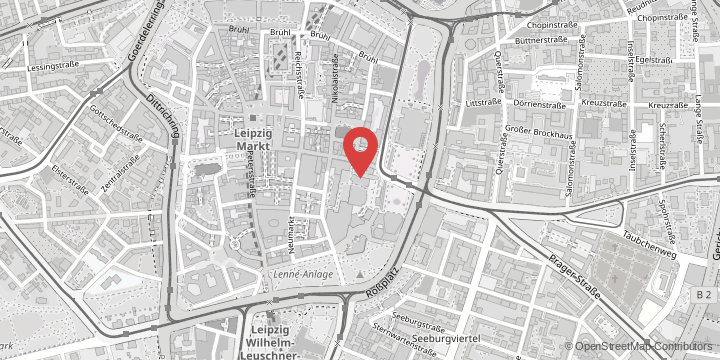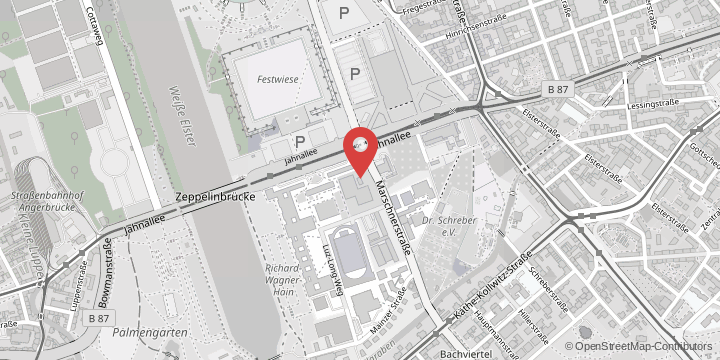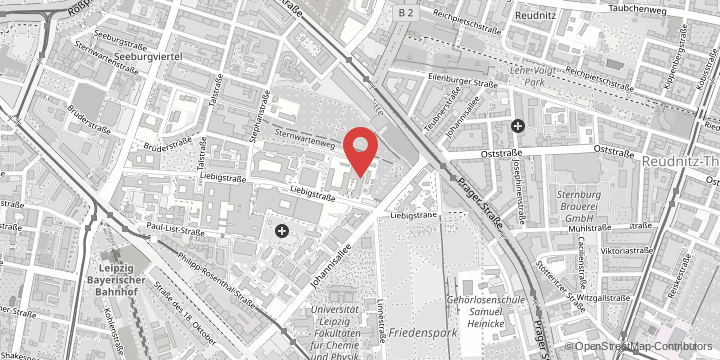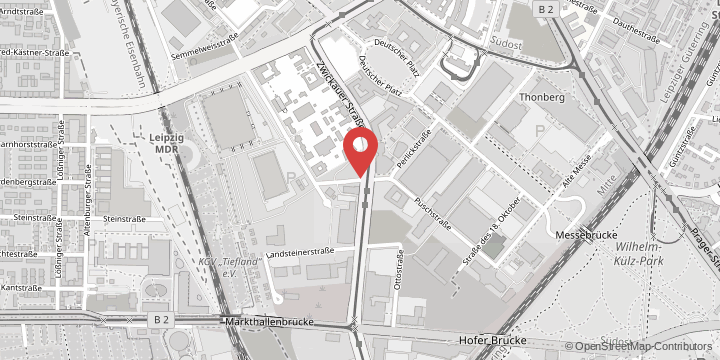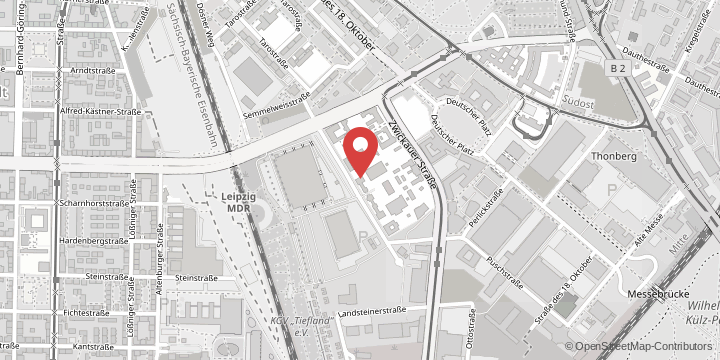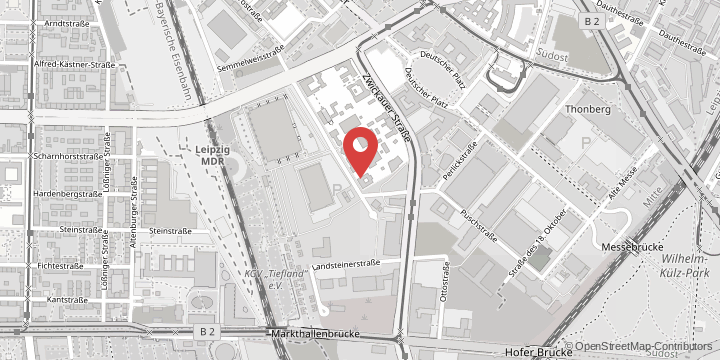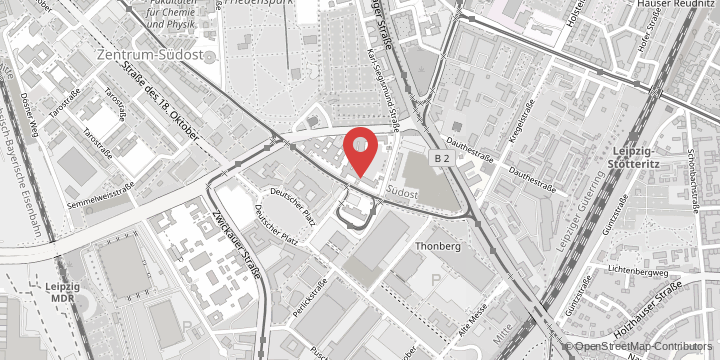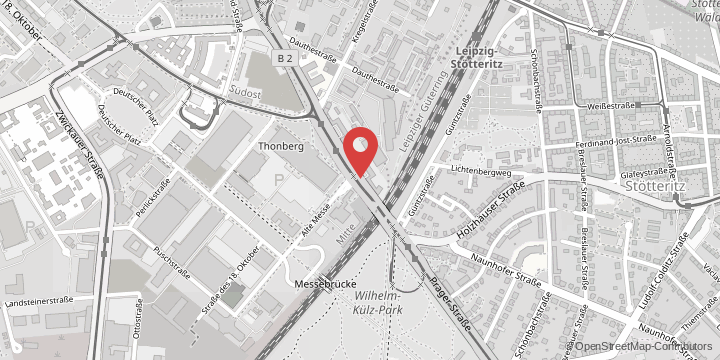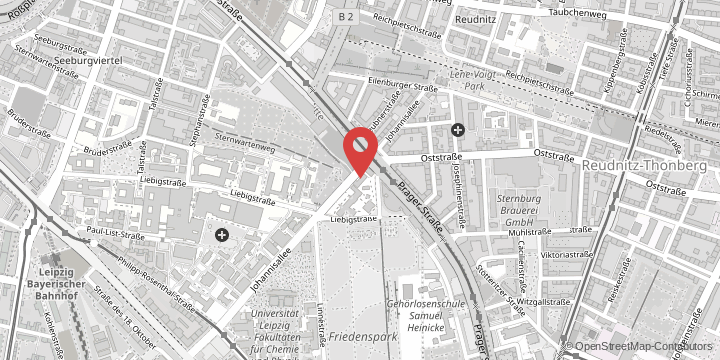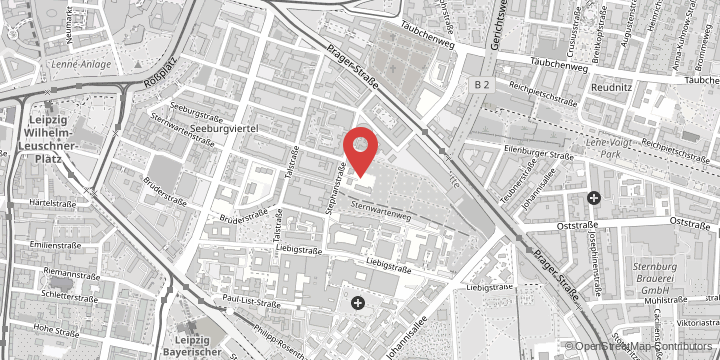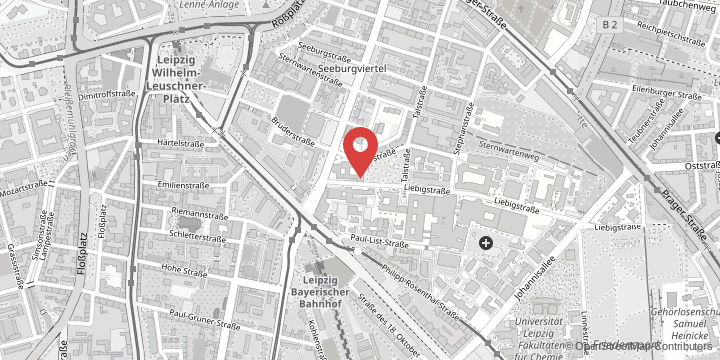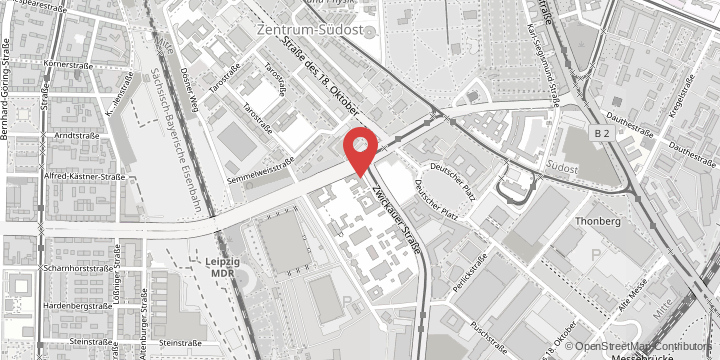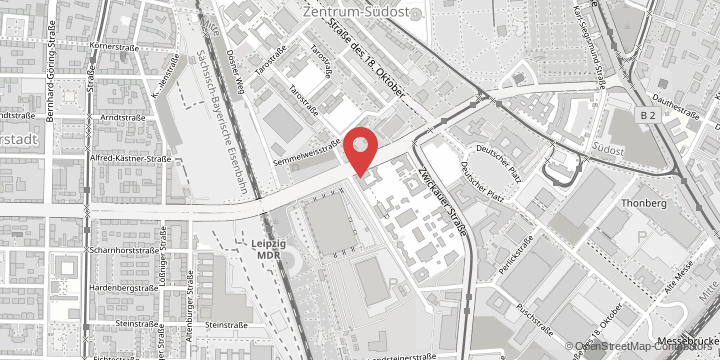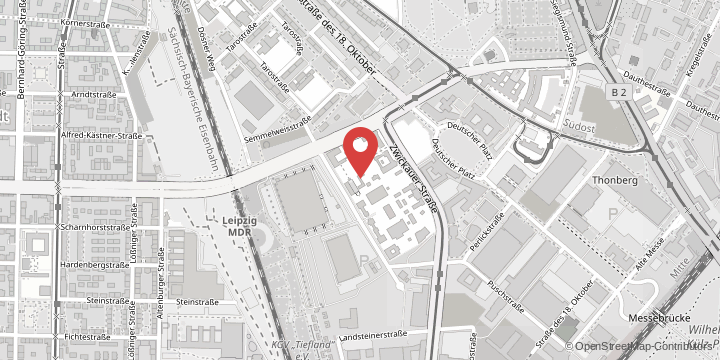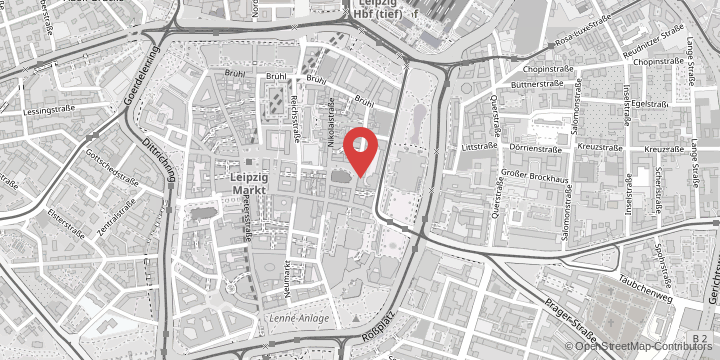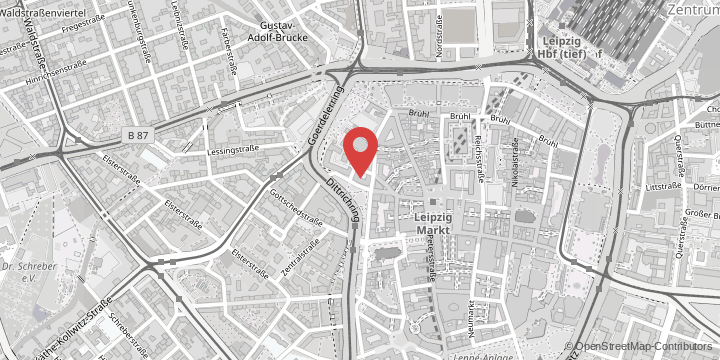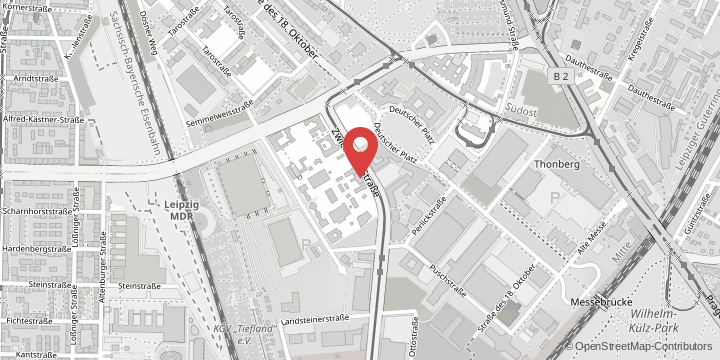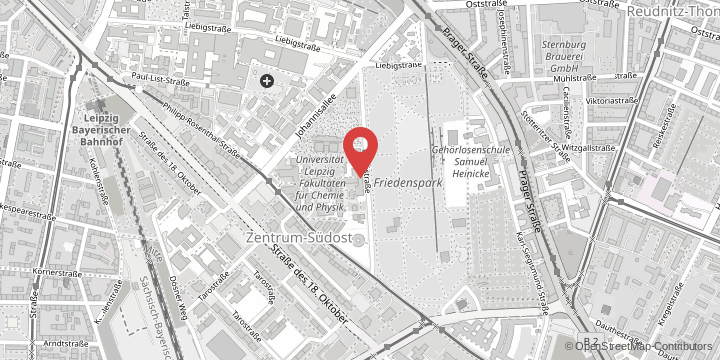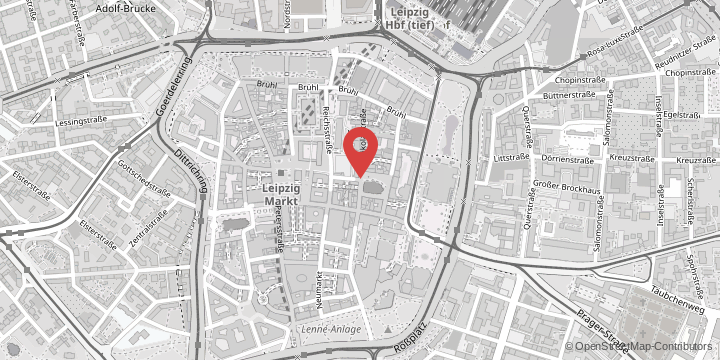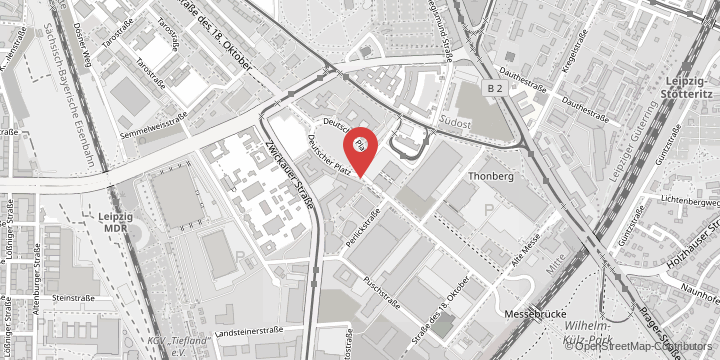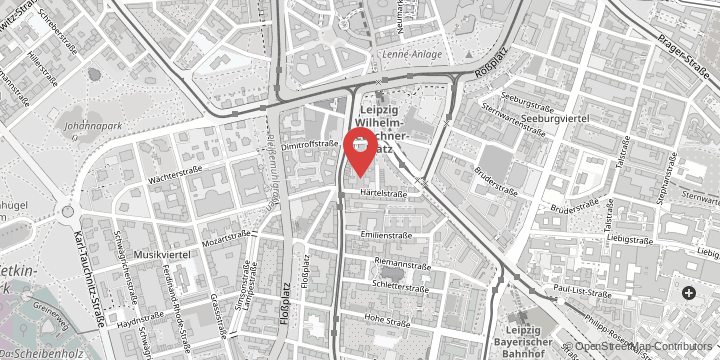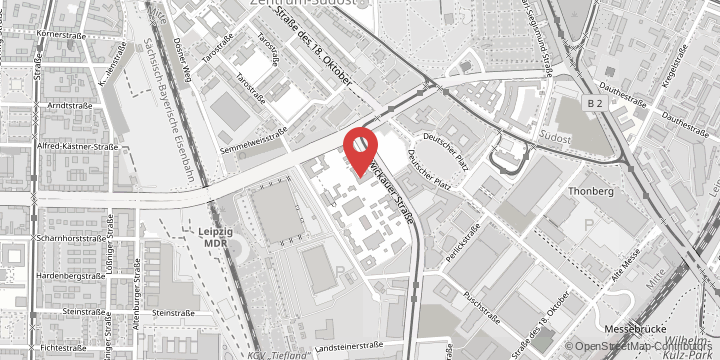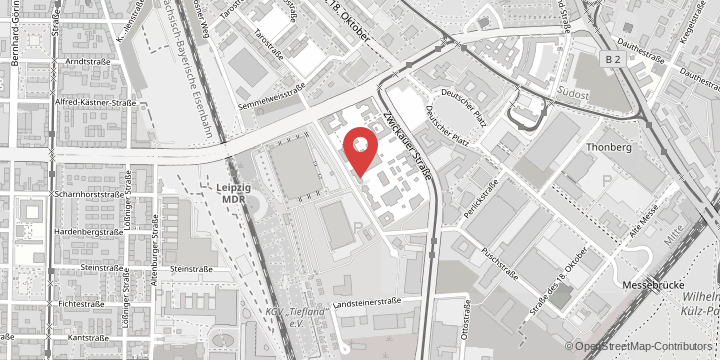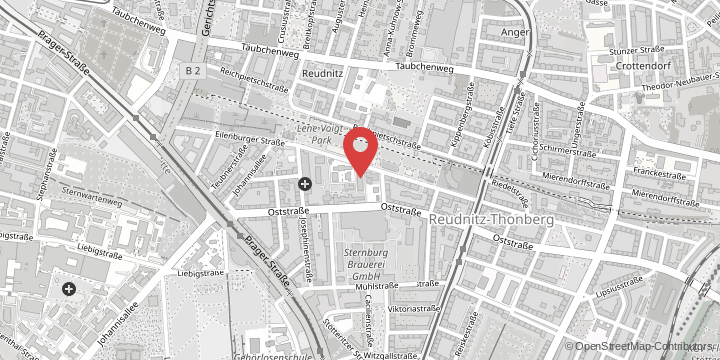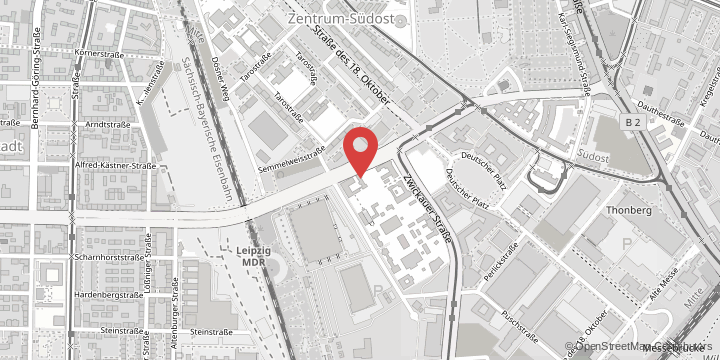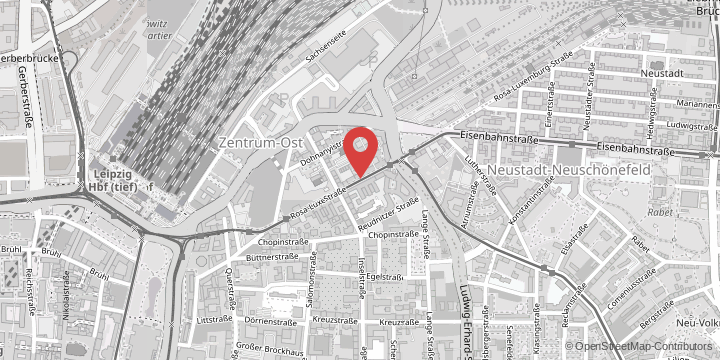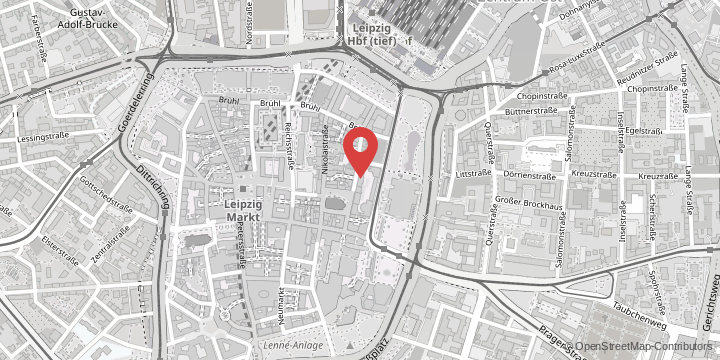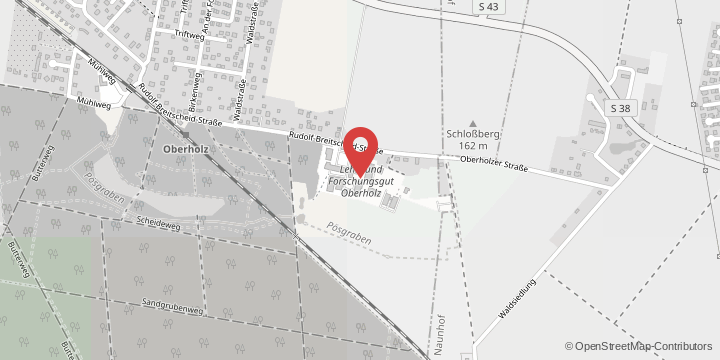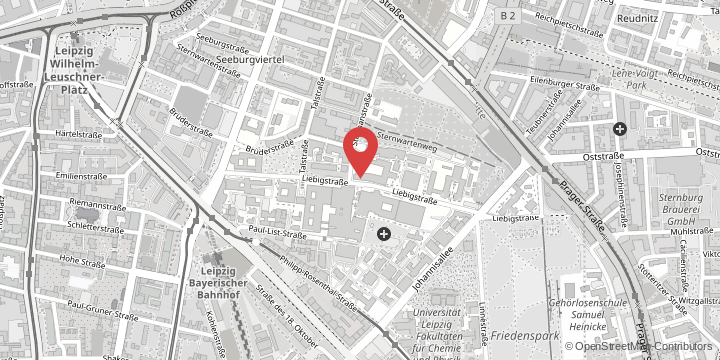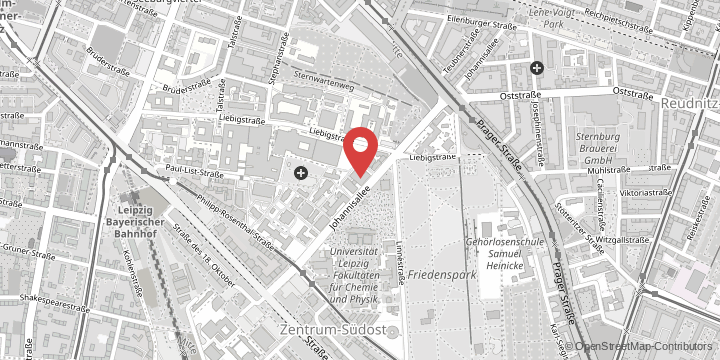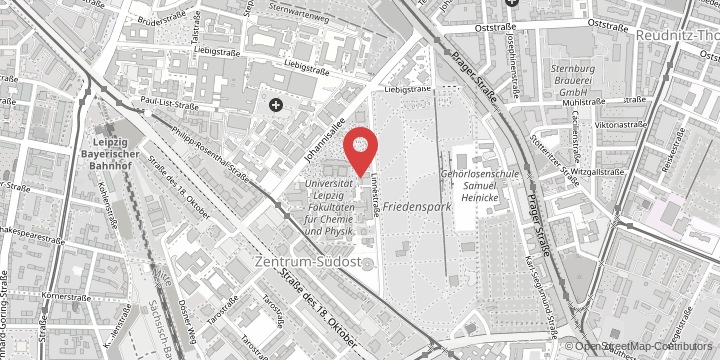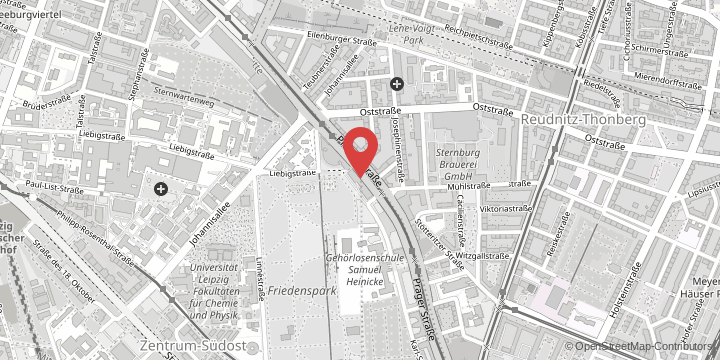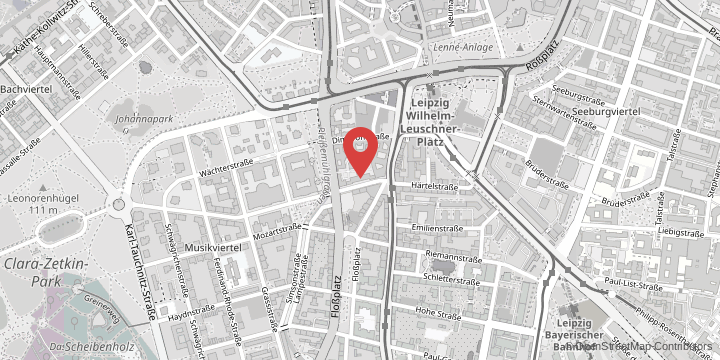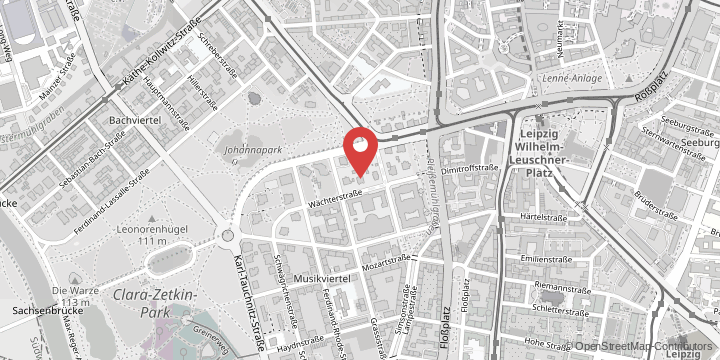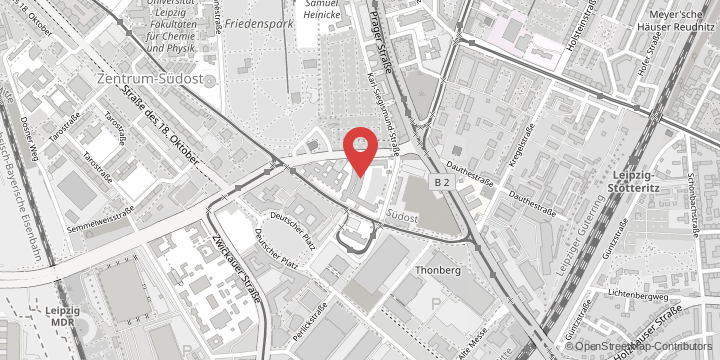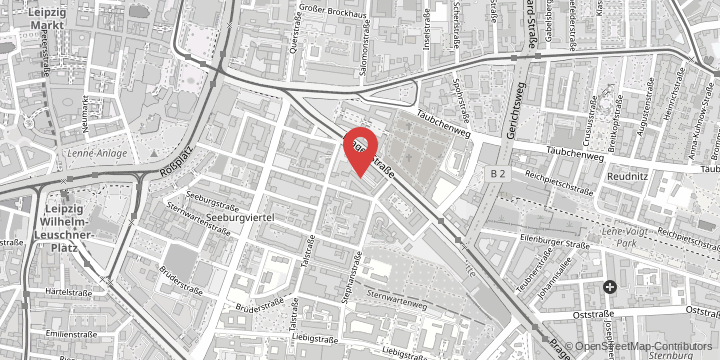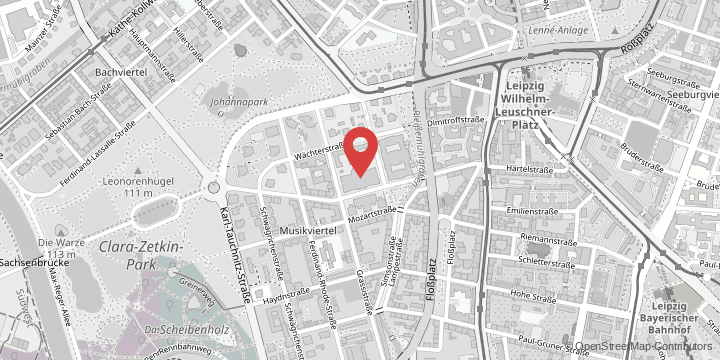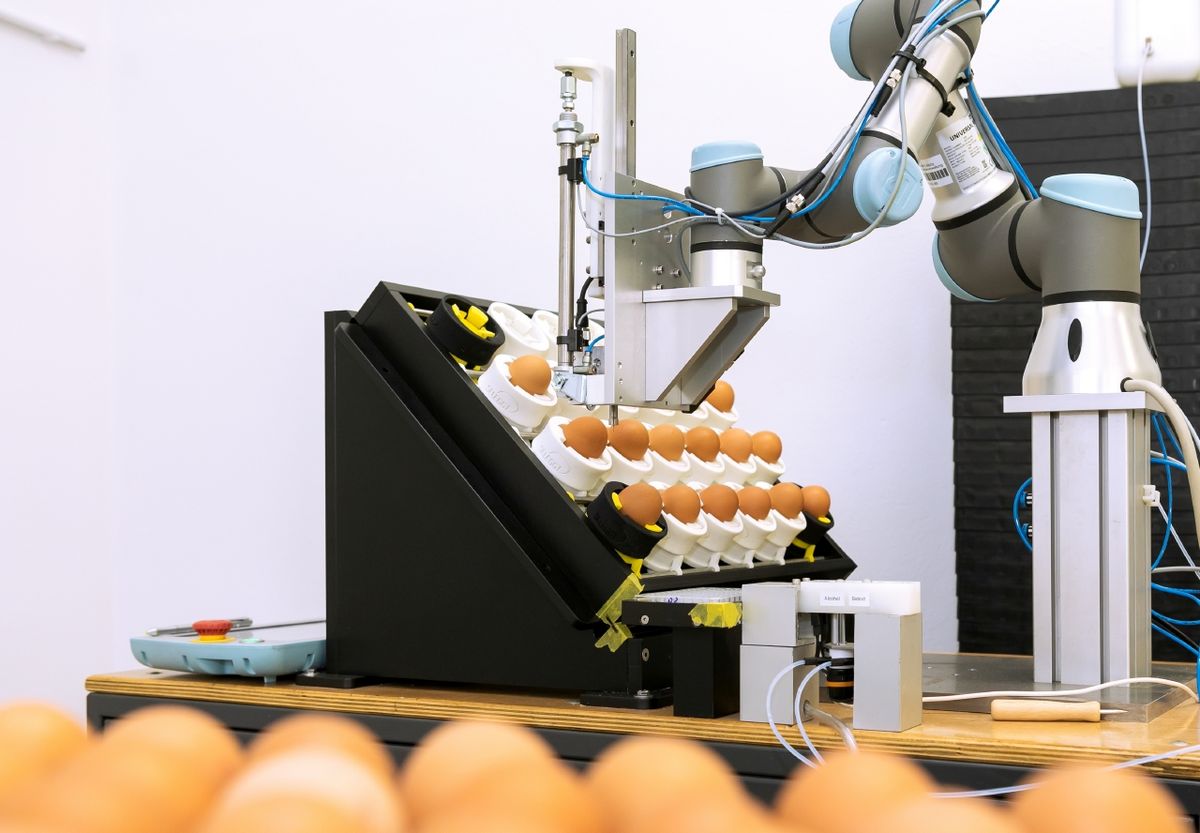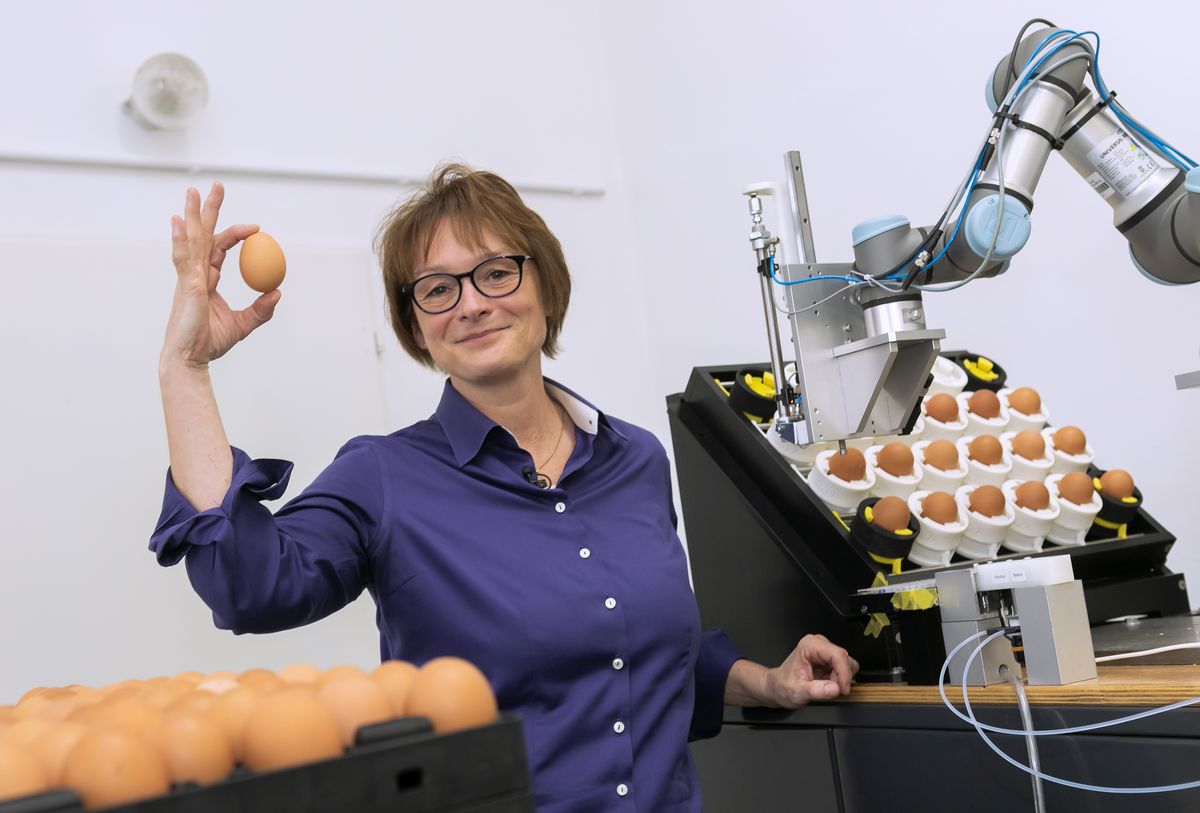Why should research be legally protected? What types of intellectual property rights are there? What is an invention? The Knowledge and Technology Transfer Section can answer these and many other questions. The protection of intellectual property – for example, through patents or utility models – plays an increasingly important role in research and industry. Patents define and document research results, help with the transfer of the results into close-to-market applications, and contribute to the dissemination of knowledge via publicly accessible patent information systems.
Information and Consulting
The Knowledge and Technology Transfer Section provides information and consulting on all issues related to inventions and patentability. We provide assistance for the members of the University throughout the entire innovation process, supporting inventions from application to patent. As a partner at the interface of research and industry, we work together with inventors to develop their groundbreaking findings and bring them to market.
In university research, it is customary to publish results immediately. However, it is often overlooked that patent protection can no longer be obtained after publication. If this happens, anyone can use the results for free.
A patent grants the owner an exclusive right to their own invention or research results for a maximum of 20 years. The patent owner can use the invention themselves or grant other rights of use by means of a licence. This temporary exclusive right is important as it protects innovative products and processes from being imitated by competitors. The aim is to successfully develop these in order to create added value for both the economy and society.
Industrial property rights (e.g. patents) are therefore an essential part of the economic success of any technical innovation. They are often essential for the successful transfer of technology from research to industry and for securing external funding.
Another advantage, especially for research institutions, is that patents signal that the research team works in the field in question and has the relevant expertise.
Although universities have a wide range of research potential, they are often criticised for not doing anything with the results. This is either because there are not any or only insufficient activities for developing promising research results, or because commercially interesting research is accessible to the general public because of a lack of legal protection. This makes innovations no longer interesting for investors, and the German economy is faced with enormous disadvantages in international competition.
An invention is a creative achievement that solves a technical problem. In order to have an invention protected under patent law, it must
- be new, meaning that it must differ from the current state of the art (this includes all written and oral publications, including the inventors’ own publications on the date of filing);
- be based on inventive activities, meaning that it must be a significant departure from the previous state of the art and for a specialist in the field must not be an easily anticipated or logical extension of the state of the art; and
- have commercial applications, meaning that the invention can be used in some field of industry; this includes agriculture.
Not eligible for protection are, inter alia, discoveries, scientific theories, mathematical methods, plans, rules or the reproduction of information.
Computer programs are protected by copyright. Under certain conditions, protection by patents is also possible – especially when the software is needed to achieve a technical solution.
Please note: Diagnostic and therapeutic procedures for the treatment of humans or animals are not regarded as commercially applicable and are therefore not subject to patent protection.
Successful Patents and Patent Projects
Every year in Germany, about 50 million day-old male chicks produced by laying hens are killed immediately after hatching because they are not economically usable. Worldwide, the number totals six billion. The Federal Government’s coalition agreement provides for the killing of day-old chicks to be ended by the middle of the legislative period.
This will largely be made possible by the patented method of in ovo sex determination developed by Professor Almuth Einspanier, one of Leipzig’s leading scientists in the field of endocrinology. Her test procedure can be used to determine the sex of the chick within just a few minutes during the embryonic stage, long before the onset of pain. The test works similar to a pregnancy test. Using a urine sample taken from the incubated egg, the oestrogen content is used to determine whether the chick is female or male. Together with SELEGGT GmbH, the method is being further developed for industrial use. The aim is to establish the technology and production methods within the next two years. The award-winning process is already being hailed as a global chance for a sectoral paradigm shift in the supply chains of industrial laying hens.
This project was funded by the Federal Ministry of Food and Agriculture (BMEL).
Ninety per cent of all patients with chronic leukaemia produce the mutant fusion protein BCR-ABL, which causes white blood cells to grow and divide out of control. Special drugs block the activity of this protein and suppress the pathological course of the disease. However, the number of patients developing resistance to these drugs continues to grow, while others show no response to conventional cytostatic drugs right from the start.
For this reason, clinical research is placing an increased focus on novel inhibitors of STAT5 proteins. It has long been known that STAT5A and STAT5B are associated with a variety of cancers. The use of drugs that inhibit STAT5B and deactivate its activity is a promising approach to slow tumour growth and kill malignant cells. Researchers led by Professor Berg have succeeded in identifying STAT5B inhibitors that are not only up to 400 times more active than previously known compounds, but that also selectively target STAT5B and do not inhibit other proteins in the STAT family.
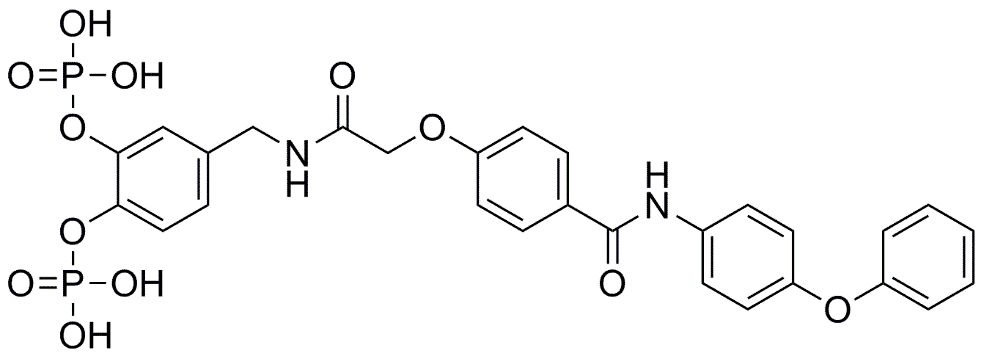
Herbicides containing glyphosate often make the headlines as the underlying chemical compound is considered potentially carcinogenic. Only recently, an American court ruled that glyphosate was a major factor in the plaintiff’s non-Hodgkin lymphoma. The rapid and simple detection of glyphosate is therefore an important topic that researchers from Leipzig University and the Technische Universität Dresden are working on in cooperation with three medium-sized companies.
The project builds on research results from a previous project in which two new detection principles for glyphosate were developed and patented. The controversial substance could previously only be detected in a complex and expensive laboratory diagnostic procedure. However, the innovative analytical methods are based on a specially coated surface to which functionalised microparticles and other substances can bind. In the simplest case, glyphosate can then be detected with the eye or using optical analysis equipment.
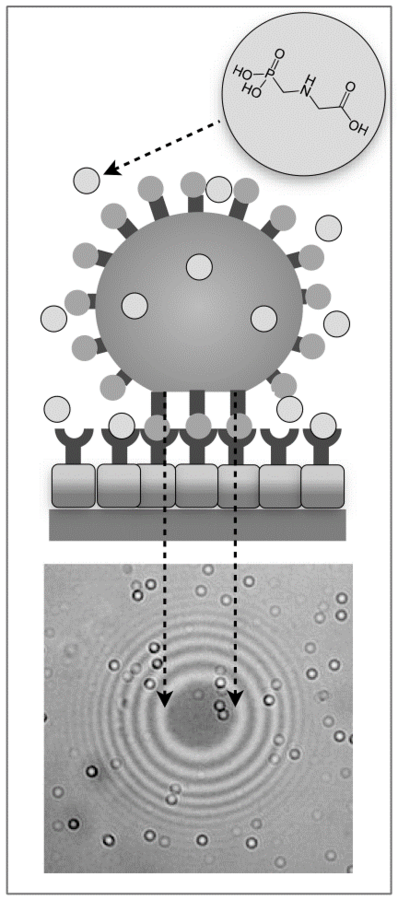
In the current research project, the partner institutions want to combine a method with new technologies and develop it further so as to provide an inexpensive local monitoring system that can quickly and easily measure the presence of glyphosate in food and water. The long-term goal is to reduce the general public’s concern about the presence of glyphosate contamination. The new joint project involving a total cost of 1.9 million euros, which is managed by UMEX GmbH Dresden, is funded by the Saxon Development Bank (SAB) with funds from the Free State of Saxony and the European Regional Development Fund (ERDF).


